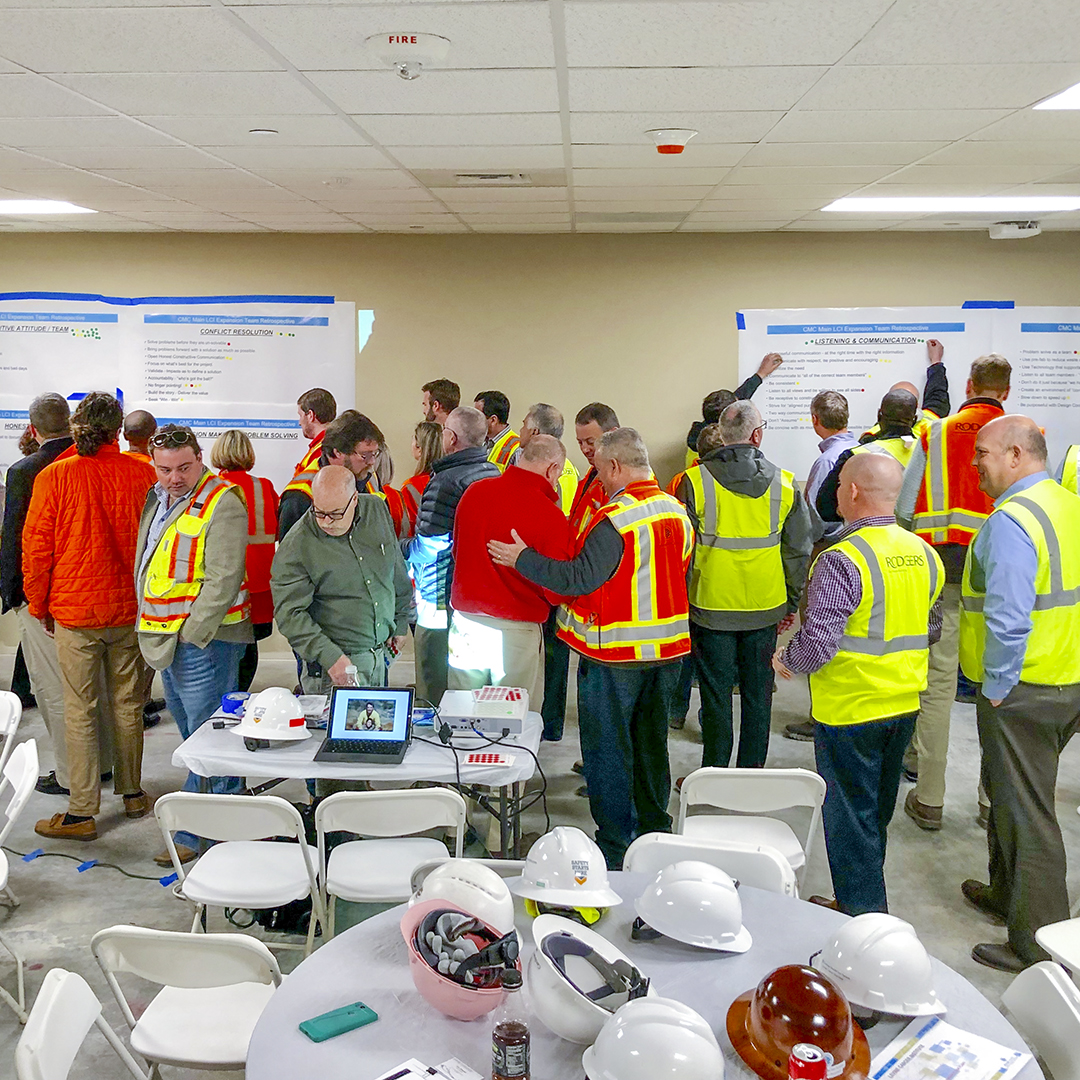|
Getting your Trinity Audio player ready...
|
Frank Martorana is a Corvette guy. His 1965 Coupe is his pride and joy, but he’s also working on a ’58 model whose classic façade hides a twin-turbo-charged 427 LSX engine that can withstand its own 1000 horsepower. “It’s way too much power to ever use, but it’s nice to know it’s there,” Martorana laughs.

It’s maybe the only case where Martorana is okay with having too much, as the SEVP of corporate real estate and general services for BankUnited has spent the latter half of his 40-year career rightsizing banks and unifying disparate real estate operations. His most recent position requires him to rethink what banking can be and consider how harnessing already-established technologies can still create a cutting-edge business model that has the potential to set the mold as the first of its kind.
Martorana’s expertise in rightsizing organizations is especially ironic, given that he was previously known for being one of the few people responsible for North Fork Bank’s explosive growth in Manhattan. In under four years, Martorana and colleagues were able to take the bank group from 2 to 52 bank branches in the New York borough whose locations were so ideal that Capital One ultimately wound up purchasing the entire organization and bringing Martorana onboard. “That is definitely one of my proudest moments in this industry,” the SEVP says. “It really put North Fork on the map, and the rest is history.”

That famed growth at North Fork wasn’t to be replicated at Capital One. In fact, Martorana would make his mark in almost the opposite fashion. As the company went on a massive buying spree in Texas, Martorana, together with a senior colleague, went on a fact-finding mission to evaluate the company’s practice of building branches wherever new Walmart stores went up. “I think the metrics suggested this idea would be successful, but we were out there driving around, and you were literally seeing tumbleweeds,” the SEVP remembers. “I know they say, ‘If you build it, they will come’, but trust me, they weren’t coming any time soon.”
Martorana was able to convince the business that building such a high number of $3-million-per-branch locations would be a catastrophe, prompting a revision to the plan which saved Capital One around $150 million.
“Being able to get the attention of an organization of that size was a pretty big deal, and I think that, while I may have been initially criticized for being too ‘tactical,’ I was able to demonstrate that sometimes you have to roll up your sleeves and get out there,” Martorana says.

When asked to come take on a new challenge at Florida-based BankUnited, the New Yorker didn’t flinch. “When we first got to Florida, we had to do a lot of research, driving around the markets and doing demographic studies,” Martorana says. “We realized that no one seemed to be doing anything particularly special there, so we got to work immediately.”
The SEVP and company targeted locations that were dominated by small-to-midsized businesses, and they were able to accrue premium real estate at a significant post-recession discount. The new model would mean relocating or downsizing existing locations, as BankUnited’s model doesn’t necessitate the 3 to 5,000-square-foot traditional bank footprint. “Traditional banking is changing dramatically, and people are coming into banks less and less,” Martorana says. “We decided that we needed to optimize our 100-plus branch footprint and that consolidating, combining, and downsizing branches would ultimately help inform the design and roll-out strategy of a new smaller and more efficient branch model.”
The business-geared bank says a “personalized, banking-by-appointment” strategy will allow branches to operate with far less staff but still be able to stay in constant contact with its customers via its website and mobile app, an ever-expanding resource for users looking to deposit checks and manage their accounts.

The focus on the ‘small’ makes it much more cost-efficient and aids its speed to market. It’s the highlight of an entrepreneurial culture that Martorana says allows the bank to make decisions and act on them at a much more rapid rate than its larger competitors. “We’re stakeholders and we’re shareholders,” Martorana says. “It makes this a very exciting place to be.”
40 years in, the SEVP admits he should probably be looking into golf, fishing, or other retirement activities, but he’s pretty sure he’ll never stop working. “I’ve worked pretty hard for a very long time, and now when I get home, I just want to disengage and head out to the garage to get my hands dirty,” Martorana says. His parents were worried that their “gearhead” son would tinker his life away underneath a car, but Martorana has brought the mechanic shop home. He even has car lifts in his garage. From supersizing to rightsizing, the SEVP has built his reputation by finding the right fit for the right organization. Just don’t trust him on a straight-away.


